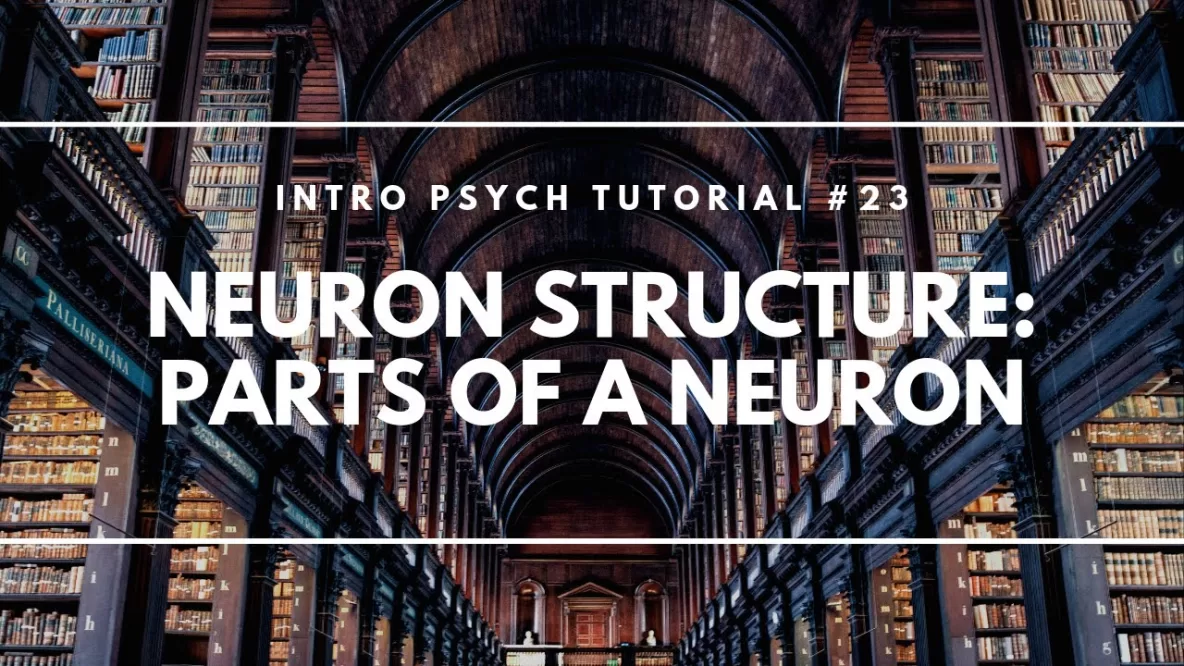In this video I describe the major parts of a neuron and briefly explain the function that each part serves.
Don’t forget to subscribe to the channel to see future videos! Have questions or topics you’d like to see covered in a future video? Let me know by commenting or sending me an email!
Need more explanation? Check out my full psychology guide: Master Introductory Psychology: http://amzn.to/2eTqm5s
Video transcript:
Hi, I’m Michael Corayer and this is Psych Exam Review and in this video I’m going to explain the parts of a neuron and briefly describe the function that each part serves.
So we’ll start with the dendrites and this comes from the Greek word for “tree”, so the dendrites are these branches that reach out from the neuron and dendrites detect messages. So they’re receiving information from other neurons around them and this is all added up in the soma, the cell body of the neuron. If a certain amount of stimulation is reached, a certain threshold, then the neuron will fire. And what that means is it will send a message down this long arm here, and this is called the axon.
In most neurons, the axon is going to be covered with a fatty substance it has these cells that wrap around the axon here and this substance is called myelin. What myelin does is it allows the neuron to send the message more efficiently and more quickly.
You’ll notice that the myelin has little gaps in between, these little sections of myelin. And these gaps are called the nodes of Ranvier. These are named after Louis-Antoine Ranvier, a French anatomist who discovered them.
Essentially what the nodes of Ranvier do is they allow for what’s called saltatory conduction. This comes from the Latin saltare “to jump” and what happens is the message can jump across these nodes rather than traveling all the way across the full length of the axon. So this means that neurons that are myelinated, they have myelin around their axons, are going to be able to send messages more quickly than neurons that are not myelinated.
So what happens when the message gets to the end of the neuron here? At this point it reaches the terminal buttons. The terminal buttons are these little arms reaching out here and this is where the neuron connects to other neurons. So here at the end of one neuron, the terminal button, this is going to be the dendrite of some other neuron.
And you’ll notice that these two neurons don’t actually touch each other, there’s a little space in between, and this gap is called a synapse. And this allows the terminal buttons here to release chemicals which travel across this little gap, called the synapse, where they interact with the next neuron. We’ll look at that process in more detail in a future video.
So this all the major parts of a neuron. I hope you found this helpful. If so, please like the video and subscribe to the channel for more.
Thanks for watching!

